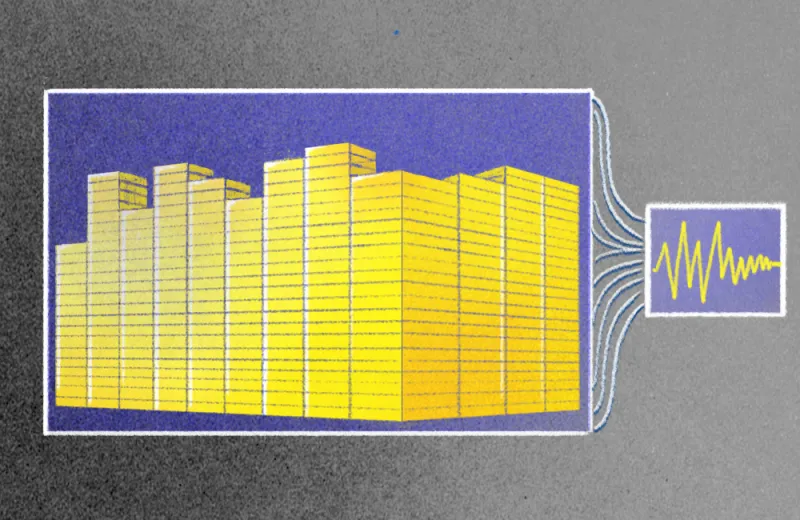High investment returns did not radically improve the funded status for most corporate pension funds in 2019, according to a new analysis from Willis Towers Watson.
The consulting firm found that funded status ticked up just slightly year-over-year, reaching 87 percent in 2019, as compared with 86 percent in 2018. This was as overall investment returns were estimated to average 19.8 percent for the year.
According to the firm, interest rates are to blame for the stagnant funded status.
“I think many people would have thought that with the equity markets having done so well, there would be better improvements,” said Jennifer Lewis, senior director of retirement at the firm, by phone Thursday. “Interest rate drops were so significant that it really wiped things out last year.”
Interest rates experienced the largest one-year drop in two decades last year, said Joseph Gamzon, senior director of retirement at Willis Towers Watson. According to Lewis, this is important because interest rates affect how liabilities are calculated. When they fall, liabilities increase, which affects a pension’s funded status.
Pension obligations increased 9 percent year over year, from $1.58 trillion in 2018 to an estimated $1.72 trillion in 2019, the analysis showed. Willis Towers Watson compiled the analysis by looking at data from 376 Fortune 1000 companies that sponsor U.S. defined benefit pension plans and have a December fiscal-year-end date. Funds with allocations tilted toward fixed income in 2019 did not perform as well as those with a large equity allocation, Lewis said. Aggregate bonds produced gains of nine percent in 2019, while long corporate and government bonds, which are typically used in liability-driven strategies, returned 23 percent and 15 percent, respectively.
By comparison, large-cap domestic equities returned 32 percent for the year, while domestic small and mid-cap equities gained 28 percent, the analysis said.
“I think it really is a time for corporate sponsors to keep an eye on interest rates,” Lewis said.
[II Deep Dive: Pensions Among the Victims of Stocks’ Worst Year Since 2008]
In the years ahead, corporate pension plans will be facing more challenges when it comes to interest rates, Lewis said, because the funding relief offered by the IRS after the financial crisis will soon expire, which means the adjusted interest rates that corporate pension plans use to calculate their liabilities will fall.
The IRS’s website shows that after 2020, the interest rates used to calculate liabilities will change. This means that in the coming years, corporate pension funds will have higher cash requirements, according to Lewis.
“Companies should to consider their long-term cash funding requirements, especially as the IRS’s funding relief goes away,” Lewis said.







